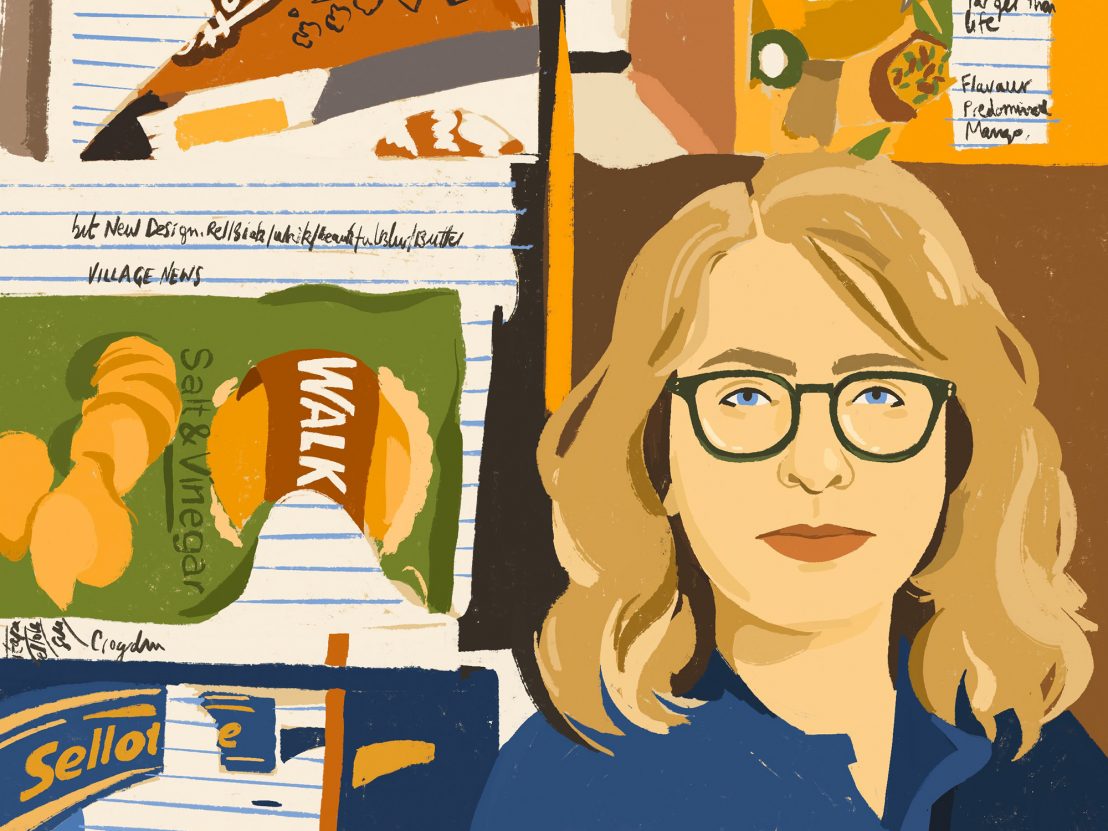
The intrepid British director on being one of the first people to lay their eyes on the archives of the late artist Audrey Amiss – subject of Typist, Artist, Pirate, King.
Conviction is something the British writer/director Carol Morley possesses in abundance – certainly on the evidence of her wild filmography. Determined to use film to rediscover or revisit lost places, or to create a sort of cine-shrine to those she feels have fallen through the cracks, hers is an excitingly idiosyncratic oeuvre. From lauded, confessional debut The Alcohol Years, to the haunting Dreams of a Life and The Falling, and the plain barmy mystic policier, Out of Blue, she returns with one of her finest films, possibly a quasi-autobiography which explores the latter years of the little-known northern artist, Audrey Amiss.
LWLies: How did you thread the needle between getting this screenwriting bursary from the Wellcome Collection to discovering Audrey Amiss?
Morley: I got the Wellcome screenwriting fellowship. First year it was Jonathan Glazer. Then it was Clio Barnard. It was a very open thing. They were encouraging people to go in and you didn’t have to have a result. You got money and you got time and you got access to people affiliated with Wellcome as well as the people at Wellcome. In the initial stages, they set up meetings with a few people who were in my area of interest.
And how did you describe that interest?
Well, I met a psychiatrist who is based in Cambridge, Paul Fletcher, who specialises in Huntington’s Disease but also what the mind is. I found it all very interesting. He’s actually a consultant on the film. At that point, all I knew when I went into Wellcome was that I wanted to look at stuff. I was attending government things on facial recognition and DNA and all that stuff. Probably at some point in my filmmaking life, that will all emerge.
You feel you got material enough for multiple films?
So much. Very little is known about the mind. Less that the universe in fact. It’s really that whole idea of who we are and what we are. At the time, Wellcome said they were about biomedical science, which I didn’t know what that was. But now they say health and everything that affects that. Anyway, what I really wanted was a first-person account of an experience within their archive. There was someone there at the time called Gillian Scothern, who’s now at the BFI, and she was someone who would link film and TV makers with what Wellcome housed. It’s such a vast organisation, with archive and so much. At one point she was just firing pitches at me, and it was overwhelming. And then suddenly, she said, ‘They have an archive here of a person who collected the wrappers of everything she ate every day,’ and I was like, ‘Hold on…’. She didn’t know her name, so she went to find out. Then, I went into the library and asked them, and they said it was Audrey Amiss. And I just said I would love to look at the scrap book with wrappers.
What did the archive look like when they first brought it to you?
At that point, all the materials were uncatalogued. It was all housed in deep storage in Cheshire. They bought two boxes of stuff and gave me two hours in a room. I was there all day. In the scrapbook, Audrey had annotated the wrappers with details of her life and what had happened that day.
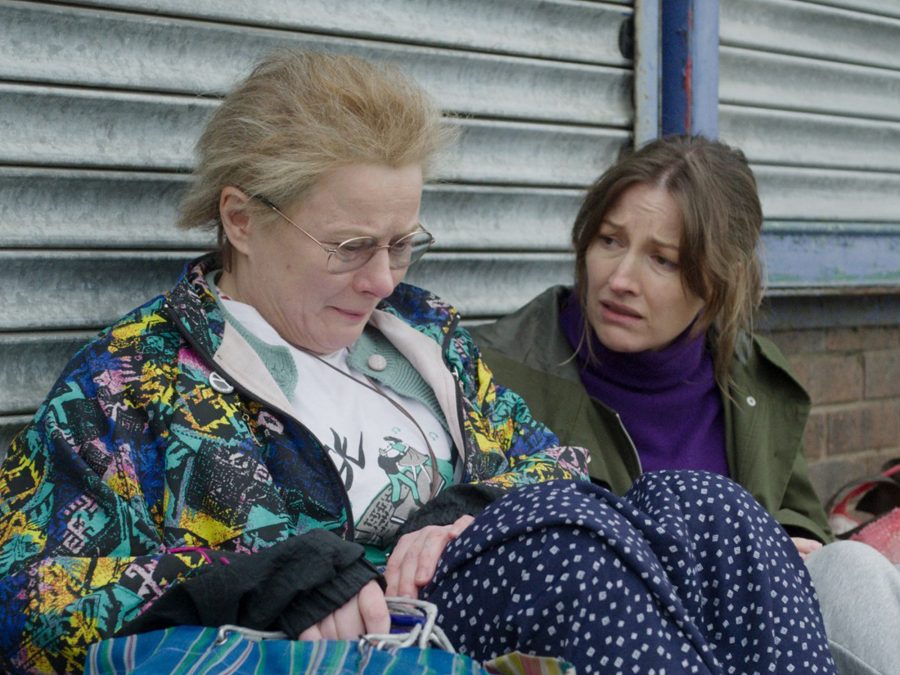
How quickly did you get a sense that her work was actually biographical?
Straight away. I knew I wanted to look at more. And I could tell she was completely fascinating as a person. So they brought me more stuff. I began to get very acquainted with her and the material. And at that point I said I’d like to meet the surviving members of her family. I met her nephew and niece in King’s Cross. Those moments are so incredible, as you feel you’re getting closer to the person. And they were like, ‘You probably know more about Audrey than we do,’ because I’d read so much from a first-person account and looked at her paintings and pictures.
How did the Wellcome come to Audrey’s archive?
Her niece and nephew inherited Audrey’s flat in Clapham where she lived for 30 years. When they arrived to take a look, they discovered the 50,000 sketches, the diaries, the paintings, everything. They had no idea how much she’d accumulated or even what she did.
It’s crazy to think that if the wrong person had entered that flat, it could’ve all ended up in landfill.
That might have happened even with them who cared. They really didn’t know what to do with all this stuff. At one point it was in a shed. They thought they’d have to throw it away. But then Kate, her niece, was at the school gates picking up her kids, and she mentioned to another parent about her aunt. And the person she was talking to worked at Wellcome. Not in any department that could take on the material, but she said she’d have a word with a colleague. An archivist went to survey the work to see if it was deemed important enough to take on. When I saw it in 2015, 2016, everything was in boxes and jumbled up. I remember one box was just everything taken off of Audrey’s coffee table. Her old passport was in there, and where you were supposed to put occupation, she had written ‘Typist Artist Pirate King’. As soon as I saw it, I knew that was going to be the title.
Was there any video or film footage of her?
Not really. Eventually, I got hold of a reel of Super 8 from her sister which was the wedding of her brother-in-law, John, and there was Audrey on the edge in a dress and a hat. It would have been about eight months after her first breakdown, when she was diagnosed with paranoid schizophrenia.
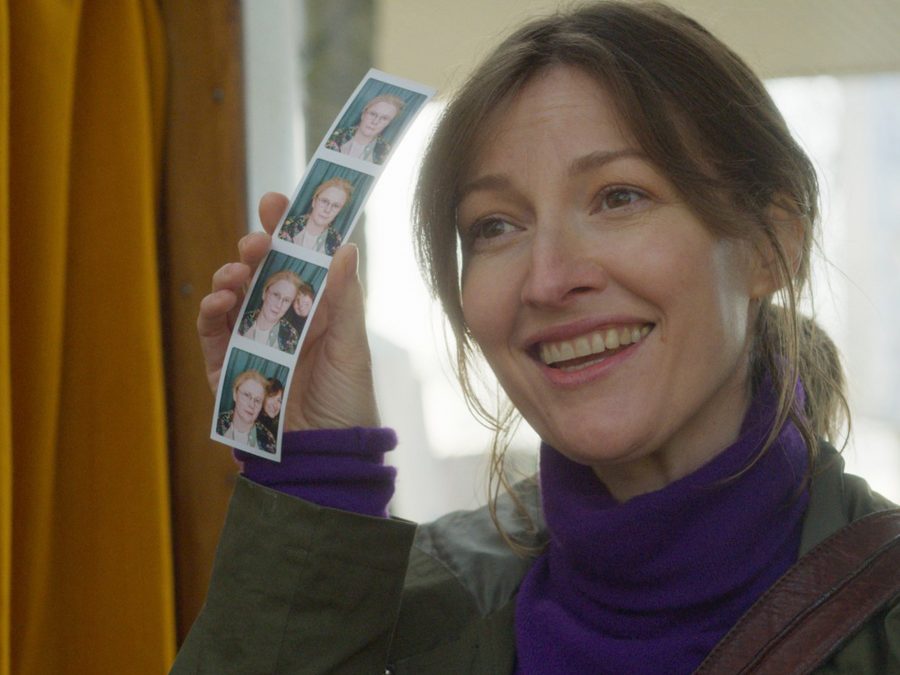
What about audio?
No audio. But Audrey had left so much of her personality behind in her scrapbooks and diaries. When her family saw the film, they said it’s uncanny how much Monica Dolan sounds like Audrey considering she’d never heard her.
Do you think that maybe this was freeing for Monica? It allowed her to build more of a character than she otherwise would have.
A bit like Joyce Vincent from Dreams of a Life, we’ll never know who they really were. It is an interpretation. But Audrey left so much behind. She was someone people would literally cross the road to avoid – her neighbours told me that. But she was also erudite, poetic and had a vast knowledge of things going on in the world. I wanted to capture that, as well as the person you would cross the road to avoid.
It’s refreshing to see a film about an artist which doesn’t follow the archetypal narrative arc.
That took time. I wrote a draft and my agent went, ‘Carol, that’s unfinanceable.’ And that wasn’t because Audrey was unknown, it was because of the script. The first draft was where it entirely took place inside her flat and the walls would move and you would enter the studio, and there would be these re-enactments. This was an idea where Audrey was very aware she was part of a film. That was the unfinanceable one. The second one was more about the process that I’d gone through, but also of the archivists that I was meeting. It was parallel stories, where on one side you have an archivist putting together Audrey’s life, and then Audrey living her life but being aware there’s something going on. No one felt we could take that one the whole way, but for me, both treatments were ways to accommodate Audrey’s mind and the way she saw the world.
When did you jump on this idea of Audrey’s love of travel?
I met a woman named Joyce, the wife of her brother-in-law John. She was 90 and has died since. She was like, ‘err art were bloody awful!’ – from Redcar like. She said, ‘We ’ad the Morris Minor and we’d go to the Lake District together and Audrey would make me climb all these hills in this old car.’ I started to envisage this excitement she had for exploring the world, because she did go to China and South America. She was very intrepid. I began to examine the notion of return and thought it would be interesting to construct something around a knowable genre, as well as messing with that genre.
The other key role in the film is Kelly Macdonald as Audrey’s psychiatric nurse, Sandra. How did she factor in?
Audrey wrote a lot about her psychiatric nurse. Over time, she had different ones. Because I’d met the people around Audrey, I thought it was important to have that battle that she had and that they had with her. Nurses, psychiatrists, psychologists, have such a difficult time, because they’re often despised by the mental health user. But they also get very little funding and support. So I wanted to make this a portrait of Audrey, but connected to the person who supported her.
Typist, Artist, Pirate, King opens in cinemas on 27 October
Published 27 Oct 2023
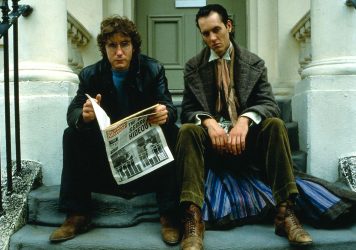
Bruce Robinson’s cult classic will strike a chord with any struggling young artist living in a big city.
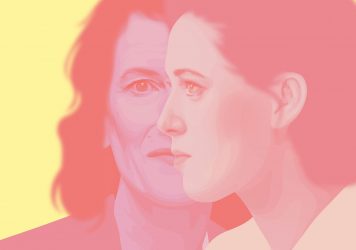
The writer/director and star of The Souvenir discuss diaries, memories and the life-changing qualities of making art.
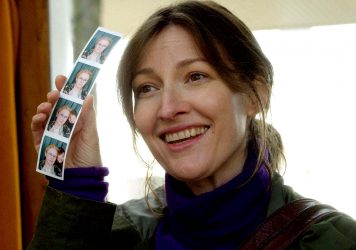
Carol Morley constructs a creative tribute to the artist Audrey Amiss, who created thousands of artworks but remained mostly unknown until her death in 2013.